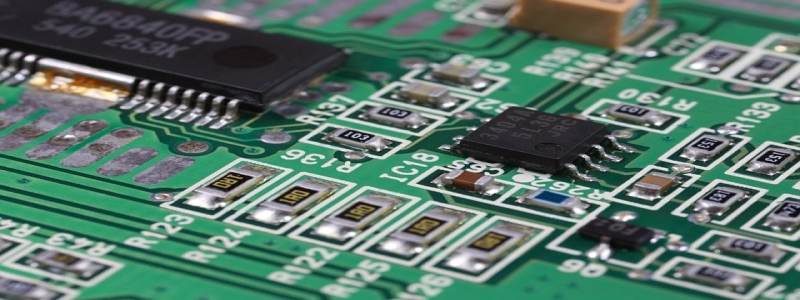I. Introduction
II. Types of Fiber Optic Cables
A. Single-mode Fiber Optic Cable
1. Description
2. Features
3. Applications
B. Multimode Fiber Optic Cable
1. Description
2. Features
3. Applications
C. Plastic Optical Fiber (POF)
1. Description
2. Features
3. Applications
III. Conclusion
I. Introduction
Fiber optic cables have revolutionized the field of telecommunications by enabling high-speed data transmission over long distances. These cables consist of a bundle of thin, flexible, and transparent fibers made of glass or plastic. They transmit data in the form of light pulses, providing an efficient and reliable means of communication. In this article, we will explore the different types of fiber optic cables and their unique characteristics.
II. Types of Fiber Optic Cables
A. Single-mode Fiber Optic Cable
1. Description:
Single-mode fiber optic cables are designed to transmit a single ray of light, allowing for long-distance communication without signal degradation. They have a smaller core diameter compared to multimode cables, typically around 8 to 10 microns.
2. Features:
Single-mode cables have a higher bandwidth, which allows for faster data transmission over longer distances. They can cover distances of up to hundreds of kilometers without the need for repeaters. Due to their smaller core size, they also experience lower signal dispersion.
3. Applications:
Single-mode fiber optic cables are commonly used in long-haul telecommunications, such as intercontinental communication and networking between cities. They are ideal for applications that require high data rates, such as video streaming, internet backbone connections, and data center interconnects.
B. Multimode Fiber Optic Cable
1. Description:
Multimode fiber optic cables are designed to transmit multiple rays of light simultaneously. They have a larger core diameter, typically around 50 or 62.5 microns, allowing for the transmission of multiple light signals.
2. Features:
Multimode cables have a higher light-gathering capacity, allowing for greater tolerance in coupling light into the fiber. They are relatively less expensive compared to single-mode cables and are easier to install and terminate.
3. Applications:
Multimode fiber optic cables are commonly used for shorter distance communication, such as local area networks (LANs), data centers, and campus networks. They are suitable for applications that do not require long distances, high speeds, or large bandwidths.
C. Plastic Optical Fiber (POF)
1. Description:
Plastic Optical Fiber (POF) is an alternative to glass-based fiber optic cables. It is made of polymers, typically polymethyl methacrylate (PMMA), which offers flexibility and durability. POF cables have a larger core diameter, typically around 1 millimeter.
2. Features:
POF cables are easy to handle, manufacture, and install. They are more resilient to bending and physical stress compared to glass fibers. POF cables are also less expensive than glass fibers, making them a cost-effective option for certain applications.
3. Applications:
POF cables are commonly used in home networks, automotive systems, and consumer electronics. They are suitable for short-range applications where high speeds and large bandwidths are not necessary.
III. Conclusion
Fiber optic cables come in different types to cater to a wide range of communication needs. Whether it is long-distance, high-speed transmission or short-range, cost-effective solutions, there is a fiber optic cable type suitable for every application. By understanding the different types of fiber optic cables, we can make informed decisions when it comes to choosing the appropriate cable for our communication needs.








